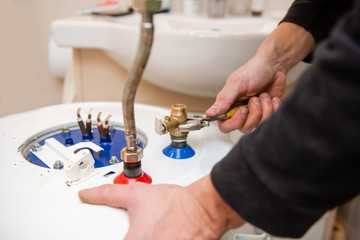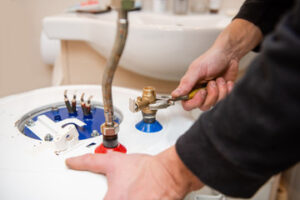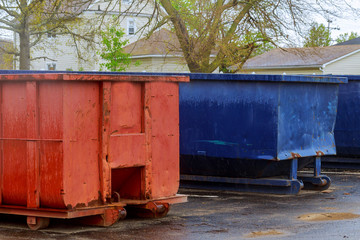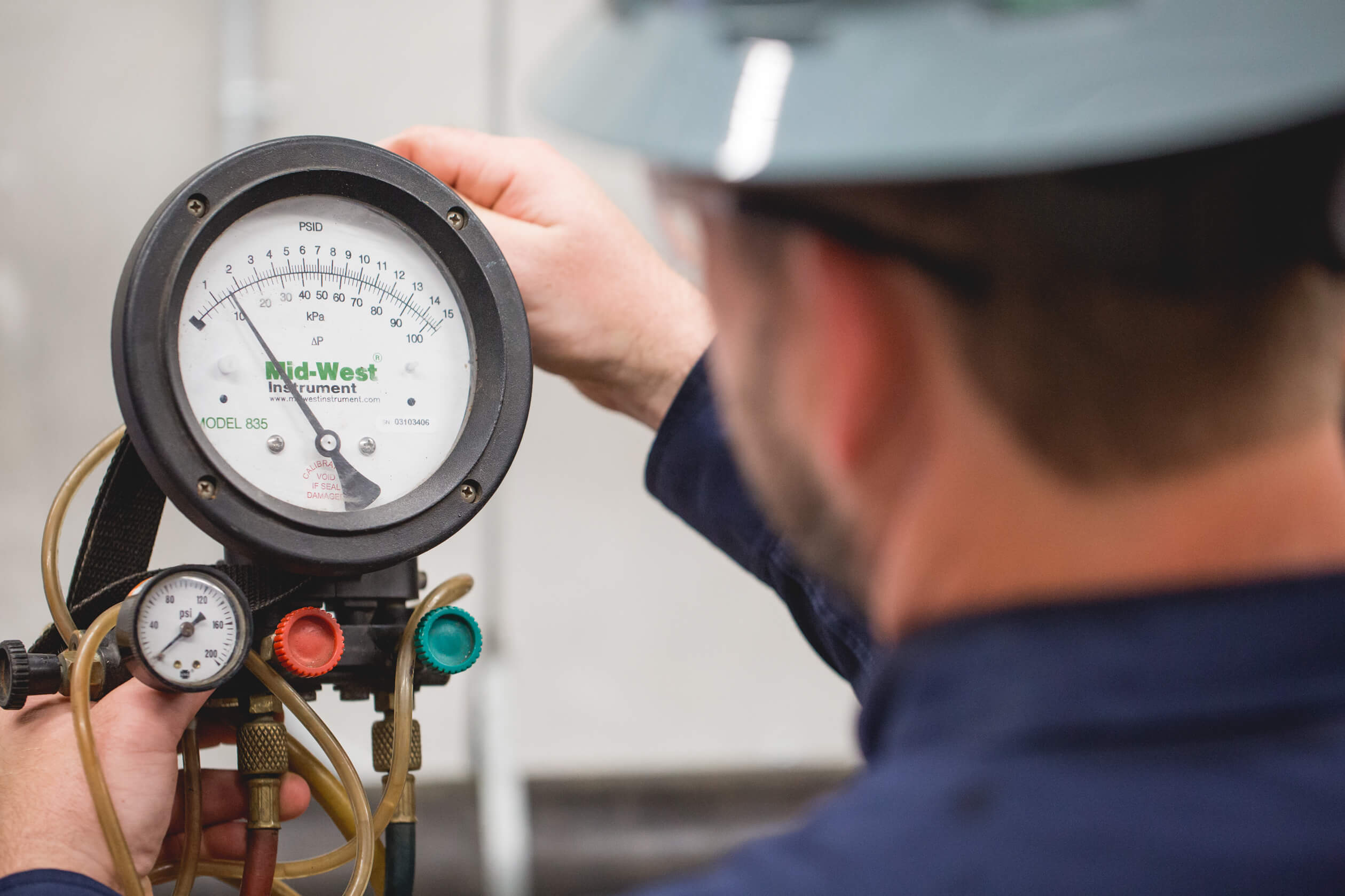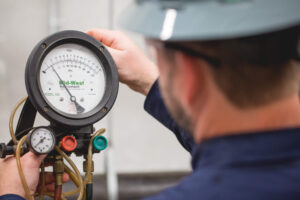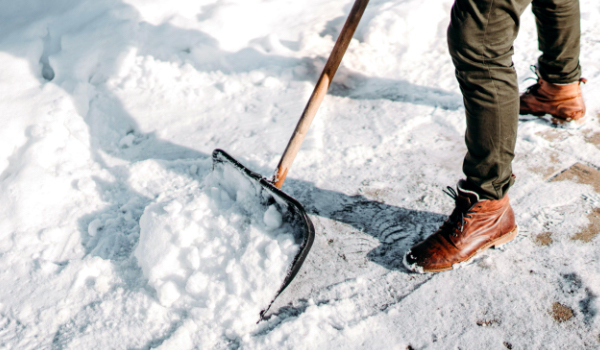Lip Fillers San Diego come with a wide range of benefits. They are relatively quick and easy to perform and can deliver a subtle or dramatic change depending on the desired result.
The injection area is sensitive, so patients should avoid smoking or taking blood thinners in the week leading up to their appointment. The injector will apply a topical anesthetic to the lips to numb the area.
Boosting Lip Volume
 Lip fillers are a safe and effective way to restore fullness and improve the overall appearance of your lips. But they can also have the opposite effect if overdone. A skilled practitioner can use a light hand with injectables to create a natural-looking, balanced result that enhances your facial features without overwhelming them.
Lip fillers are a safe and effective way to restore fullness and improve the overall appearance of your lips. But they can also have the opposite effect if overdone. A skilled practitioner can use a light hand with injectables to create a natural-looking, balanced result that enhances your facial features without overwhelming them.
Dermal fillers (also known as injectable collagen) are made from hyaluronic acid, which is found naturally in the body. These substances attract water molecules to your skin, causing it to plump and smooth lines. The result is a rejuvenated, refreshed face that looks younger and more vibrant. This can make a big difference in how your face is perceived. A skilled practitioner will take into account your facial structure and advise you on how much filler is needed for a beautiful, balanced look. Overfilling can result in a cartoonish or duck-like appearance, but it is possible to achieve a subtle change by starting small and building up your volume gradually.
The most popular lip filler is Juvederm, which is a silky, gel-like substance that blends seamlessly into your lips to create natural-looking volume. This is especially useful for correcting thin lips, and it is also a great choice for fine lines around the mouth (such as lipstick lines).
Another option is Restylane, which is injected into the lower and upper lips to add volume, smooth out fine lines and wrinkles, and fill in the “lipstick lines” that appear when you smile. Both these products contain a numbing ingredient, so the procedure is comfortable and not at all painful.
There are many other options for enhancing the size of your lips, including lip implants and fat injections. But lip fillers are a safe, reliable and more affordable method for improving the shape of your lips.
After your lip filler treatment, you will experience some swelling and bruising. To speed up the healing process and reduce inflammation, you can apply ice packs to your lips.
Once the initial bruising and swelling subside, your lips will settle into their final shape. Depending on the amount of filler used, it can take up to two weeks for your final results to appear.
Enhancing Lip Shape
The goal of lip fillers is to enhance a person’s natural lips. This is possible no matter their current size or whether they want a slight or dramatic enhancement. The trick is to use the right filler. Hyaluronic acid-based fillers like Juvederm, Restylane, and Belotero are most popular for lip augmentation because they look very natural.
They also come in different formulas designed to address specific concerns, such as fine lines or lip volume. The key is to choose a practitioner who understands the balance of facial proportions and can tailor your lip filler to the specifics of your face.
Trendy techniques come and go in the beauty world, but a skilled aesthetician can ensure that your new look is complementary to your face and jawline. For example, Dr. Alexiades says a famous model came to her recently for help correct a slapdash filler job that resulted in a “pillow” upper lip and a boxy lower lip that didn’t work with her facial structure.
During a typical lip filler procedure, your practitioner will first apply numbing cream or gel to the treatment area to minimize pain and discomfort. Then, they’ll use a thin needle to inject the filler into the targeted areas of your lips. The whole process takes about thirty minutes, and results will begin to appear after a few days as the swelling subsides.
The longevity of your lip filler results will vary depending on the type of filler used, but most last about six months or more. Most experts Allure spoke to say that hyaluronic acid-based fillers, such as Juvederm Ultra XC, Juvederm Volbella XC, and Belotero Balance are the longest-lasting options.
Another option is to add collagen to your lips, which will give them a more plump and firm appearance that can last for years. And there’s the coveted fat transfer technique, which involves taking healthy fat cells from another part of your body and then implanting them in your lips to add fullness, definition, or smooth vertical lines around your mouth.
Regardless of your desired outcome, a good lip filler should look and feel natural—not “puffy,” “funny,” or “overdone.” This is why it’s important to find an experienced provider. You should ask to see the doctor’s previous work before booking a consultation and appointment.
Enhancing Lip Symmetry
While many people use lip fillers to add volume and plump the lips, they can also enhance the symmetry of the upper and lower lips for a more balanced appearance. The key to getting natural-looking results is choosing a skilled practitioner who can tailor the injections to your unique lip size, shape, and desired outcome.
When choosing a provider, ask about their experience with lip fillers. They should be able to provide you with examples of their work and explain how they can help address your aesthetic goals. It’s also important to understand that bruising and swelling may occur following treatment, but this can be minimized by avoiding smoking, drinking alcohol, and using blood-thinning medications like St. John’s Wort, vitamin E, and fish oil in the weeks leading up to your appointment.
Fortunately, dermal fillers offer a safe and effective way to correct asymmetries in the lips. They contain hyaluronic acid, a naturally occurring substance that helps retain moisture and plumps the skin by binding with water molecules. Popular fillers such as Juvederm and Restylane are made of biocompatible materials that reduce the risk of an allergic reaction.
The 54-year-old woman in the example below underwent excision of a basal cell carcinoma and reconstruction with an Abbe flap procedure, which resulted in significant asymmetry between her left and right upper lips. She received 1.6 mL of hyaluronic acid filler to her lower and upper lips to create a more symmetrical upper and lower lip.
Her final image shows a moderate amount of lip enhancement that has improved her symmetry and vermillion border for a more feminine, defined look. While her lips are still thin, they are now more balanced in both length and width.
If you are unhappy with the shape or volume of your lips, contact our office to schedule a personal consultation. Our aesthetic RN will meet with you to develop a plan for treatment that addresses your goals while minimizing risk and complications. We can’t wait to see you smile! Book your appointment with us today.
Increasing Lip Fullness
Lip fillers are an excellent way to add fullness to thin lips. Whether you’ve noticed thinning lips due to age or have always wanted fuller lips, this non-invasive treatment is a great option to enhance your look. The hyaluronic acid injected into your lips will also decrease the appearance of fine lines around the mouth.
During the treatment, numbing cream is applied to minimize sensations. Then, a series of small injections are made in strategic locations to create your desired result. Most patients are able to return to their daily activities immediately after the procedure.
Most clients are interested in enhancing their natural lip shape with lip fillers rather than changing the size of their lips completely. However, lip fillers can provide a dramatic change in size when needed.
A skilled facial cosmetic surgeon or highly-trained injector will carefully examine your lips’ underlying anatomy and muscular movements. This will help them determine where and how much filler to use in order to achieve the results you want, without a “duck lip” or over-filled appearance.
The first few days after your lip filler procedure will be the most uncomfortable. You may experience swelling, bruising and redness. During this time, it is important to avoid rubbing or touching your lips. If you need to touch your lips, a cold compress can be used to reduce inflammation and discomfort. Additionally, it is a good idea to refrain from kissing or drinking through a straw as these actions can cause the filler to shift from its intended location.
After a few days, the inflammation and bruising will begin to subside, and your lips will start to look and feel normal. Your injector will ask you to come in for a follow-up appointment in two weeks so they can monitor the lips and ensure they are healing well.
Depending on the quality of the filler and the injection technique, your lips will last anywhere from six months to a year or more. Injectors are getting better at predicting how long your filler will last, but it is also important to keep in mind that you may decide you’d like additional filler before the previous one wears off.
